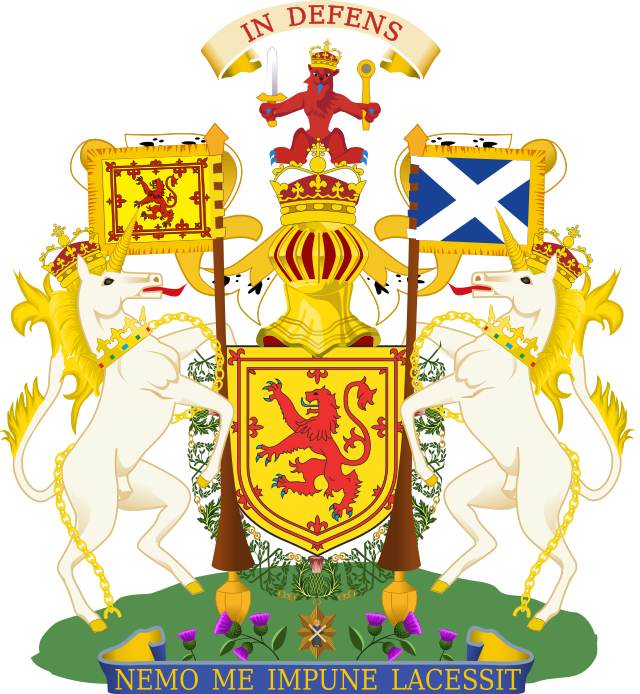Background
In 2013, the governments of Scotland and United Kingdom passed the Scottish Independence Referendum Bill inviting all United Kingdom residents living in Scotland and aged 16 and over to vote on the referendum question “Should Scotland be an independent country?” On 18 September 2014, 4.3 million registered voters will vote “Yes” or “No” on Scottish independence. A simple majority is required to gain independence.
Implications
Our base case view has remained that Scotland will vote “No” and view the possibility of a “Yes” vote as a low-probability (< 20%) tail-risk event. Recent opinion polls, suggesting that the outcome to the Scottish independence referendum will be close, have caught us by surprise. However, we view the narrowing of the gap in light of similar events which have resulted in spikes in the “Yes” votes. Here, we note the distinction between voters who feel the responsibility to vote and have registered to do so, and those who will actually end up voting. This could potentially swing the vote in favour of Scotland remaining a part of the United Kingdom.
In our view, there are three possible outcomes at this stage. Regardless of the results of the referendum vote, we believe that Prime Minister Cameron’s political strength has been significantly impacted.
- No result due to a lack of voters voting, in which case uncertainty will prevail in financial markets until another referendum is organised
- A “No” vote, which would have no impact on financial markets
- A“Yes” vote would result in a slow and long transition towards an independent Scotland with broad and deep consequences for financial markets.
The main concerns surrounding a vote in favor of Scottish independence are around the management of currency and monetary arrangements; more specifically the choice of currency regime, management of deposit/capital outflows and capital controls. The choice of the currency to be adopted remains the predominant concern where the options are to continue with the Sterling as part of a formal currency union, using the Sterling but not in a formal currency union or “Sterlingisation”, joining the Euro currency bloc or creating Scotland’s own free-floating currency. The significant costs associated with creating a new currency may make this final option the riskiest and hence the least favorable.
Adopting the Euro may be Scotland’s favored option at this time, but may not be a likely outcome given the opposition from anti-Euro supporters as well as costs of currency conversions. Scotland would also need to become a member of the European Union first before it can adopt the Euro currency. In this case, it would still need to create a national currency which would have to remain stable for at least another two years before it is allowed to join the European Union. The probability of a formal currency union being accepted is low – the Bank of England and the Treasury have advised against this due to the lack of fiscal oversight. Hence, the only remaining option is for “Sterlingisation”. This could be damaging to financial markets as a lack of a formal commitment to a currency union could lead to a capital flight from Scotland.
Conclusion
Despite recent polls, we believe that the vote will swing in favor of “against” Scottish independence. However, we do expect short-term volatility to persist and have a negative impact primarily on equity and currency markets.
As a result, in terms of our asset allocation we have closed the long exposure to GBP versus EUR, taking advantage of the position, and maintained the hedges on our equity exposure.

